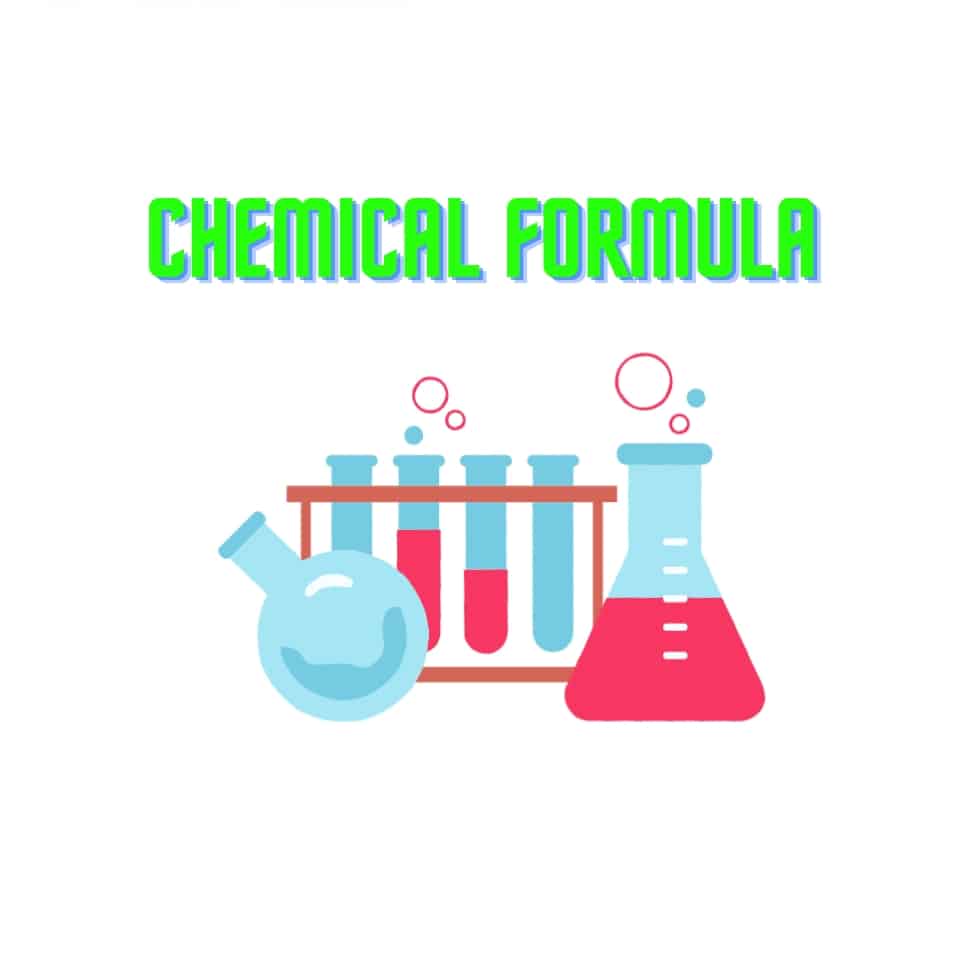The reaction of two or more substances to give the products is governed by certain laws . These laws are called laws of chemical combination . On the basis of the results of experiments carried out by certain laws of chemical combination concerning the composition of matter and chemical reactions were formulated These five laws of chemical combination are :

table of content
● Law of Conservation of Mass
● Law of Definite Proportions
● Law of Multiple Proportions
● Gay Lussac ‘s Law of Gaseous Volumes
● Avogadro’s Law
● QuestiQuest
Law of conservation of mass
This law was discovered in 1774 by the father of chemistry Antoine Lavoisier . According to this law , ” During a physical or chemical change , the total mass of the products remains equal to the total mass of the reactants . ” In other words , there is neither increase nor decrease in the total mass of the matter during a physical or a chemical change . Law of conservation of mass is also referred to as law of indestructibility of matter , i.e. , the matter is neither created nor destroyed in a chemical reaction .
Law of definite proportion
This law was given in 1799 by the French chemist , Joseph Proust ( 1799 ) . According to this law , ‘ a pure chemical compound always contains the same elements combined together in the same proportion by mass’. for example, water is a compound which always contains the two same elements, hydrogen and oxygen, in the same constant proportion of 1 : 8 by mass . thus
Lawe of Multiple Propotions ( John Dalton )
When two elements . combine to form two or more chemical compounds , then the different weight of one of the elements which combine with the fixed weight of another , bear a simple ratio by mass to one another ..
For example ,
Carbon reacts with oxygen to form carbon monoxide and carbon dioxide .
In CO ( Carbon monoxide )
C +0 → CO 12g + 16g 28g .
In CO₂ ( barbon dioxide ) .
C + 0₂ 12g + 32g CO₂ 44g
The ratio between weights of oxygen that combine with 12g ( fixed weights) of carbon is 16:32 ie ) 1 : 2 .
Gay Lussac’s Law of Gaseous Volumes
( Joseph Louis Gay Lussac ) Whenever gases react , they do so in volume and bear a simple ratio if they temperature and pressure .
For example ,
H₂ ( g ) + Cl₂ ( g ) → 2HCl ( g )
I litre of H₂ combines with 1 litre of Cl₂ to give 21 of HCl at same temperature ( T ) and pressure ( P ) .
Avogadro’s Law
(Avogadro’s Law Equal volumes of all gases , under similar conditions of temperature and pressure , contain equal number of molecules .
eg : 22.4L of every gas at STP contains equal number of molecules , which is equal 23 to 6.022 X10

